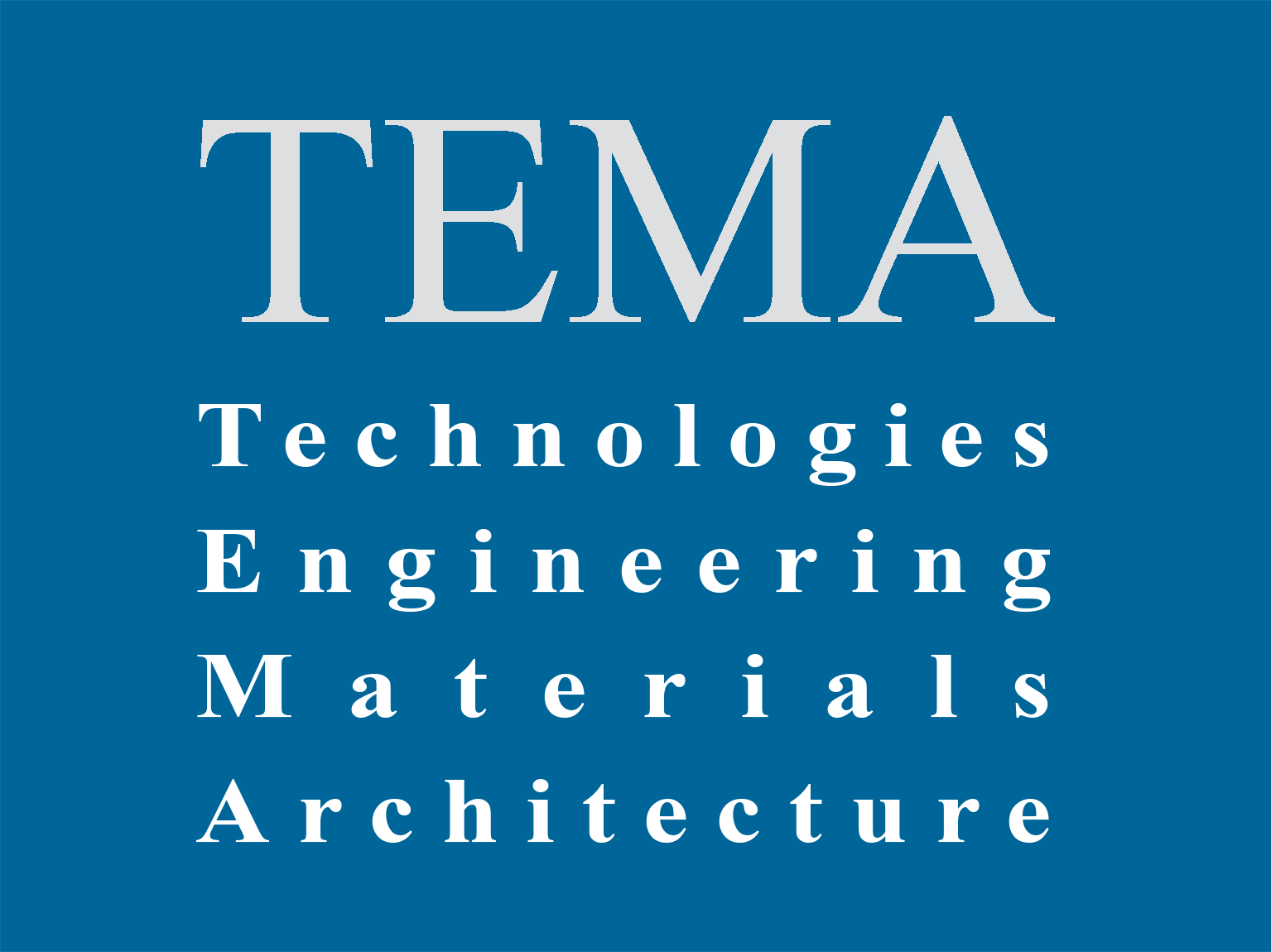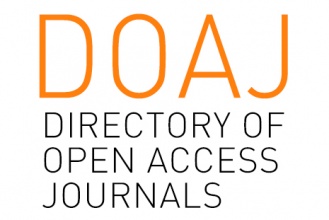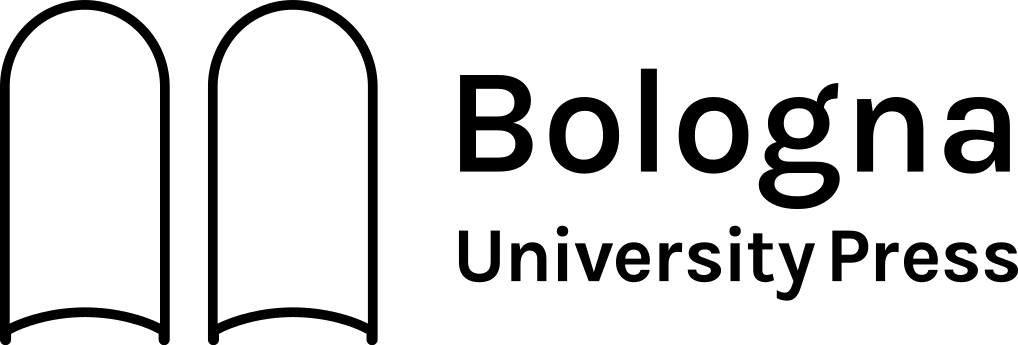The paper focuses on one of the most interesting experiences in Italy about light prefabrication, developed by the Milanese architect and designer Marco Zanuso (1916-2001), a major protagonist at the national level in the debate on building industrialisation, together with the company FEAL (Fonderie Elettriche Alluminio e Leghe), an important Italian enterprise developing steel construction systems and producing aluminium building components. In the first half of the 1960s, Zanuso experimented with the VAR/M3 prefabricated system produced by FEAL for school buildings and tested its application to two housing complexes in Milan. Using this system, Zanuso built two apartment complexes, both in Milan one at Laveno Street (1960-1963) and the other at Solaroli Street (1965-1967), now Coari Street. The first of these two projects is especially significant for its experimental approach and the formal result achieved, which was favourably received by critics at the time but is still little studied today.









